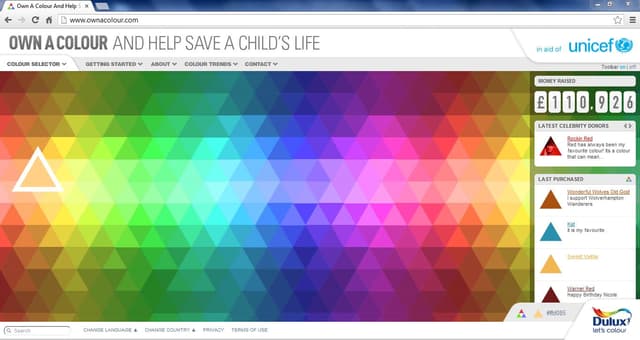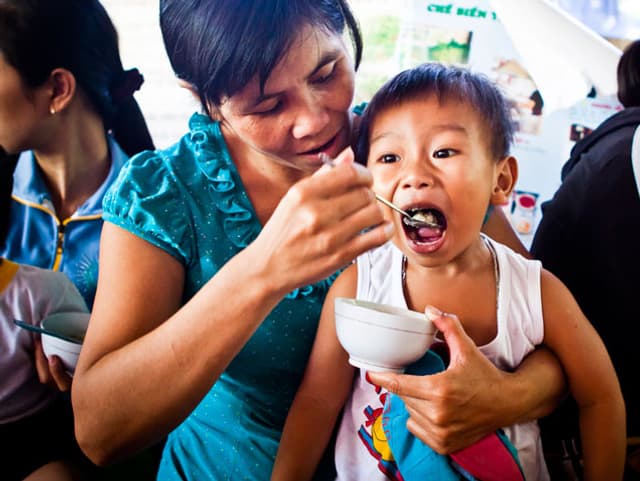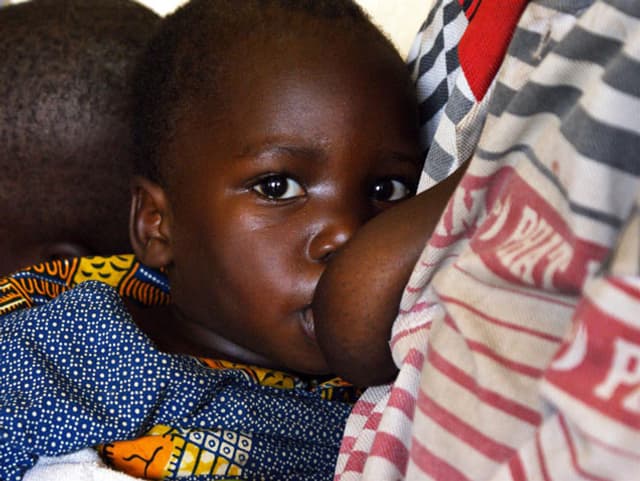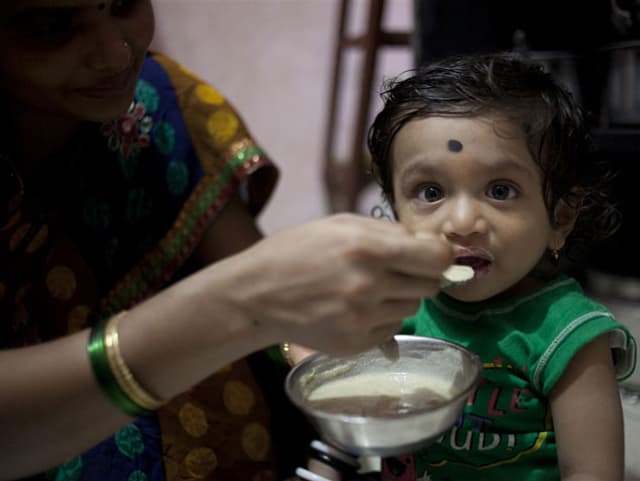UNICEF UK: ‘own a colour’ appeal
- Exhibited by
- Jonathan Andrews.
- Added
- June 24, 2013
- Medium of Communication
- Online.
- Target Audience
- Individuals.
- Type of Charity
- International relief/development.
- Country of Origin
- UK.
- Date of first appearance
- September, 2011.
SOFII’s view
A brilliant idea: buy a colour and you will bring colour into the lives of children living in poverty. With 16.77 million colours to choose from, this could continue raising enormous amounts of money for many years.
Creator / originator
Concept: Simone Micheli and Rob DeCleyn.
Creation and building the of the site: Feed.
Summary / objectives
To sell the 16.77 million colours that exist in a computer display to help save children’s lives around the world, with the following objectives .
- To create an entirely digital fundraising campaign that maintains momentum without traditional media.
- To reach new audiences.
- To raise unrestricted funds.
- To raise UNICEF’s and Dulux brand awareness.
Background
Simone Micheli and Rob DeCleyn, two creative marketers, approached UNICEF UK and Dulux (AkzoNobel) with the idea in 2011. UNICEF UK loved the simplicity of it.
The delivery of the project was run jointly by UNICEF UK and Dulux. There were many different stakeholders involved, so they guarded against moving away from the original, strong idea that inspired them.
It was launched at the Dulux ‘let’s colour’ staff conference in September 2011. Dulux marketing staff came together from all over the world to compete in selling colours.
Special characteristics
You have a choice of 16.77 million different colours and you can pay by inserting your mobile phone number.
Influence / impact
Own a colour has raised over £110,000 so far and this campaign has helped UNICEF UK learn how they can make best use of digital fundraising.
It demonstrates how you can integrate different social media in a seamless way.
Costs
Dulux have paid for the cost of developing ‘own a colour’.
Results
Launch:
- On the first day over £52,000 worth of donations were received and 41,633 visits were made.
- #ownacolour and #dulux trended in Twitter in the UK.
- Twitter reach 939,626 in 48 hours.
To date:
- Over £110,000 raised.
- Over 2.1 million page views.
- Over 205,000 visits, 101,000 not in the UK.
- Strong engagement: the average time on the site is over seven minutes and the bounce rate is a tiny 4.81 per cent.
- There have been over 47 articles across traditional PR channels.
- Engagement from 11 celebrities, Swansea football club and many companies – including a German firm that bought 100+ colours for staff Christmas gifts
Merits
There is very powerful link between the cause and the fundraising concept. For children growing up in poverty, with life- threatening diseases and suffering malnourishment, there is very little colour in their lives. Their world looks bleak. UNICEF works with governments and families, they build schools, train teachers, provide vaccines and food. UNICEF brings colour into their lives. You can help save a child’s life by buying a colour.
It’s a personalised fundraising campaign because I can choose my own colour from 16.77 million different colours.
Visually the website is stunning.
It makes great use of different social media. So I can visit the website on my PC, tablet, or smartphone. I can pay using my mobile phone number, then I can share about it on Facebook or Twitter.
SOFII’s Once Upon I Wish I’d Thought Of That 2013 – Jonathan Andrews presents UNICEF.
 View original image
View original image




Also in Categories
-





















